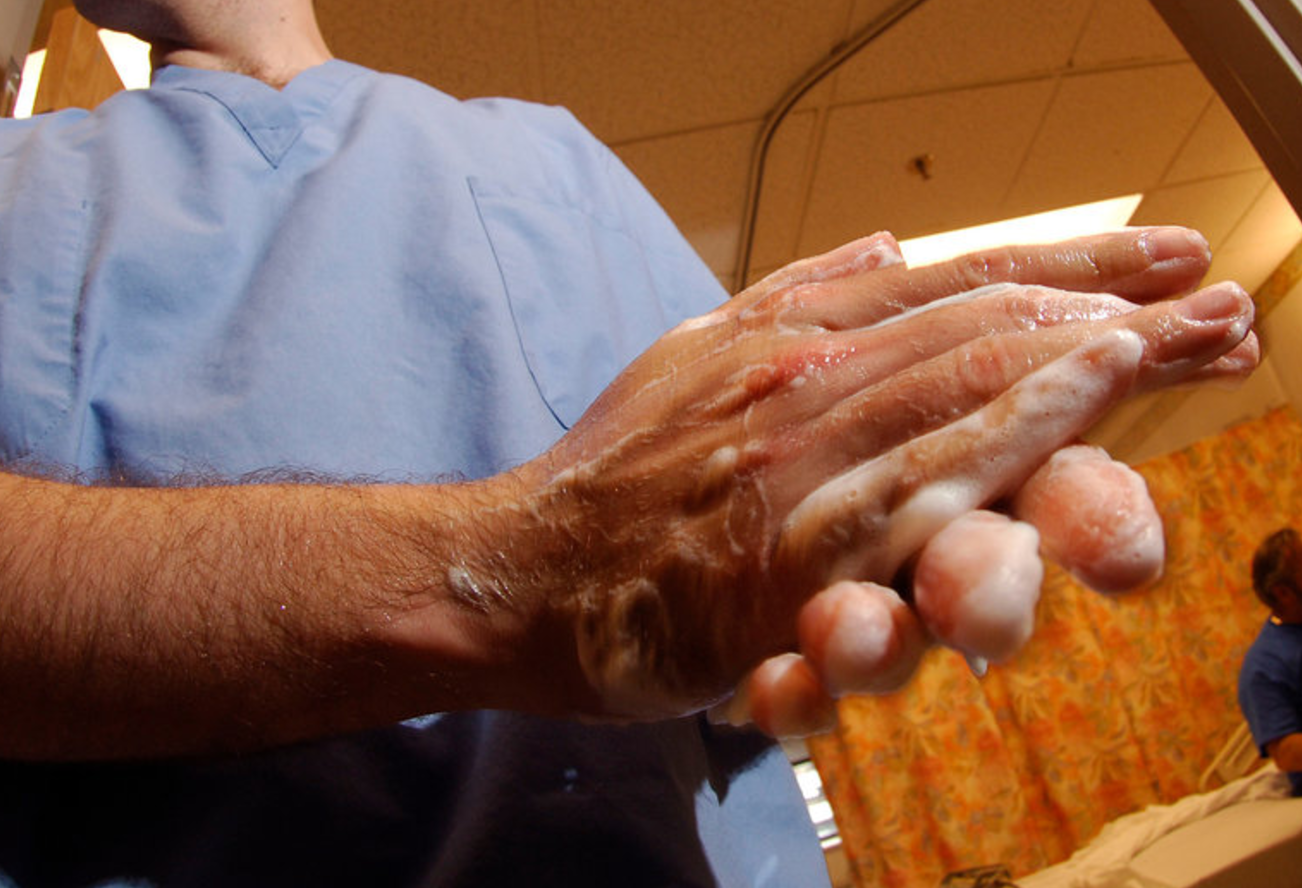It seems that after several years of breathless hype, expectations have returned to earth (or lower) for many healthtech startups. A speaker at a recent Rock Health event described this politely as a flight to quality; but the real question many tech investors in particular have been asking is when–and whether–startups seeking to meld the wizardary of technology and the promise of market size to address urgent needs of healthcare will create the outsized success this pairing would seem to engender.
Our view: success stories are emerging, but to be a part of them, traditional tech investors may need to get out of their comfort zone a bit and learn to love, or at least embrace, services, messiness and regulation.
Services: Anathema To Some Early Tech VCs
Healthcare as an industry generally relies on services to engage with patients and providers. And yet this human part of healthcare is the subject of many tech investors’ scorn. Stated simply, tech VCs seem to love software and remain leery of services. If at least some of these pesky human interactions could be replaced by more efficient technology-based transactions, the thinking goes, money would fall from the sky and healthcare would be healed.
This evolution, from the perspective of some tech investors, represents a real disappointment. Why? As our CEO friend put it:
Investors like profits, and software is very profitable. So, lots of service companies are automating and pitching themselves as software companies.
The trouble with healthcare automation isn’t regulatory constraints or complexity, but rather that hospitals justify their pricing with headcount, so there’s little motivation to automate (beyond the client-server EHR which HITECH paid for). Meanwhile, software companies serving insurers and pharmas (like Veeva and TriNet) have done better.
Finally, there’s the idiot-proofing. Warren Buffet famously said, “don’t invest in a business that can’t be run by an idiot nephew, because someday it will be. Internet software, once at scale, runs mostly by itself. No idiots needed.
The idea isn’t so much that service companies can’t make money–just look at Epic–but rather the margins are smaller than software and there is a lingering narrative that health tech services businesses aren’t “scalable.”
Well, tell that to United Health Group, Humana, Express Scripts and CVS, which seem to have done okay despite their core service businesses.
Bijan Salehizadeh, a healthcare-focused investor at NaviMed (a healthcare-focused private equity (PE) firm based outside Washington, D.C.), agrees that in some health tech boardrooms, “services has become a dirty word,” but adds, “service delivery is how most large healthcare enterprises adopt even cutting-edge software… In nearly every services investment I make, success depends on leveraging technology to drive outsized efficiency gains.” His advice: “Don’t fight gravity, embrace it.” (You can listen to our 2015 Tech Tonics interview with Salehizadeh here.)
Salehizadeh views the services/software disconnect as a problem peculiar to early-stage tech VCs. He cites a recent report that in private equity, there’s always interest in healthcare services companies, resulting in “a heated struggle for assets” and outsized valuations.
Salehizadeh notes that while “PE loves high-margin business as much as VC,” PE firms “are used to low-margin services” and will happily invest, “as long as EBITDA to cash flow generation is strong (i.e. payers pay).”
In contrast, he says, from perspective of tech VCs (particularly those based in Silicon Valley), “Old services and cash flow are so boring. So disruptable. Tech blogs don’t like services. Not sexy.”
Maybe not sexy, but more than 70% of the total healthcare spend flows through a services lens, according to CMS.
Beyond Solutionism
A second challenge facing many tech investors who contemplate a dive into the healthcare deep end (see here) is understanding both the complexity and the messiness of the problems to be solved. This includes understanding the mechanics of healthcare funding streams–it’s not unusual to create a product that’s prescribed, used and paid for by three separate groups–as well as the often tacit needs of the stakeholders. The “solutionism” mindset doesn’t always neatly address the challenges that the healthcare system has created for itself and cemented into place through static workflow, complex regulation, perverse financial incentives and a fundamental lack of patient engagement.
As a result, it seems that many in the tech world have engaged in a recalibration of sorts, captured especially well in a recent Bloomberg article about Verily. In 2014, to much fanfare, the Google-associated company announced a bold new “moonshot” project, called Baseline, seeking to characterize essentially all measurable parameters in the human body. Even as recently as 2015, according to Bloomberg, Verily CEO Andrew Conrad was “talking about ways to ‘defeat Mother Nature.’” But when Verily announced the launch of Baseline in April, Conrad was considerably more measured. “We grew up,” he told Bloomberg.
Former FDA Commission Robert Califf demonstrated his mastery of the understatement when he told Bloomberg, “At times, Silicon Valley people are very naive about the complexity of healthcare. It’s going to be a lot harder than they think.” (David’s take on the recent Baseline launch is here.)














Recent Comments